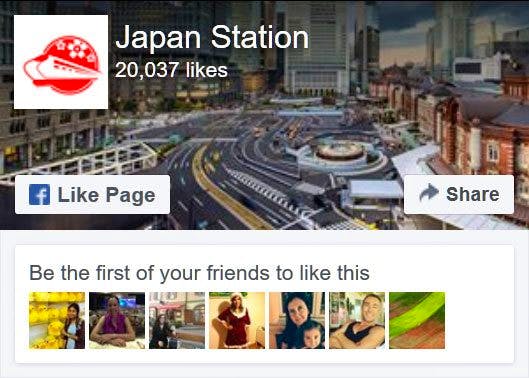Odakyu Department Store is a massive complex dominating the western side of JR Shinjuku Station. Operated by the Odakyu Group, which runs the Odakyu Electric Railway from Shinjuku, Odakyu Department Store offers everything from sportswear to luxury fashion brands and freshly made deli-counter food.
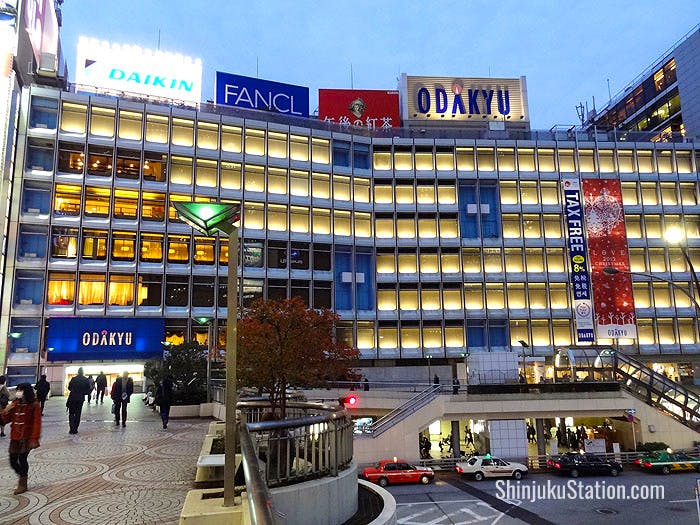
Odakyu Department Store dominates the west side of Shinjuku Station
Odakyu Department Store is directly connected to Shinjuku Station’s west exit – there are multiple entrances above and below ground. The main complex or Main Building is built over the station’s west side, with a footbridge and passageways connecting it to Odakyu Halc, an annex for sports goods and electronics located across the street.
Sixteen stories tall including two basements, the Main Building has a Foreign Customer Service Counter on the first floor and a tax refund counter on the second floor. The Halc annex is 13 stories tall including two basements.
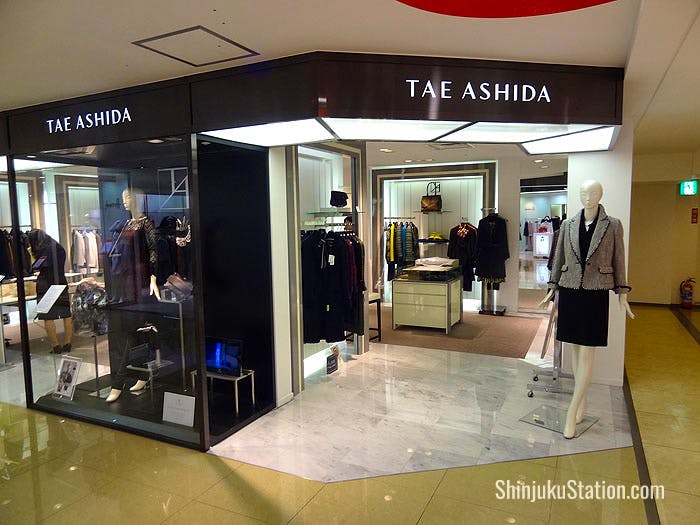
Japanese labels such as Tae Ashida offer a more sophisticated, elegant look compared to youth brands in the Lumine malls
While not as famous as Mitsukoshi Department Store in Tokyo’s Ginza, Odakyu is very conveniently located for travelers using Shinjuku as a transit point. In contrast to the three Lumine shopping malls on the southern and eastern sides of Shinjuku Station, Odakyu serves an older customer demographic. Many customers are middle-aged or elderly, but that doesn’t mean you can’t find souvenirs for people of all ages.
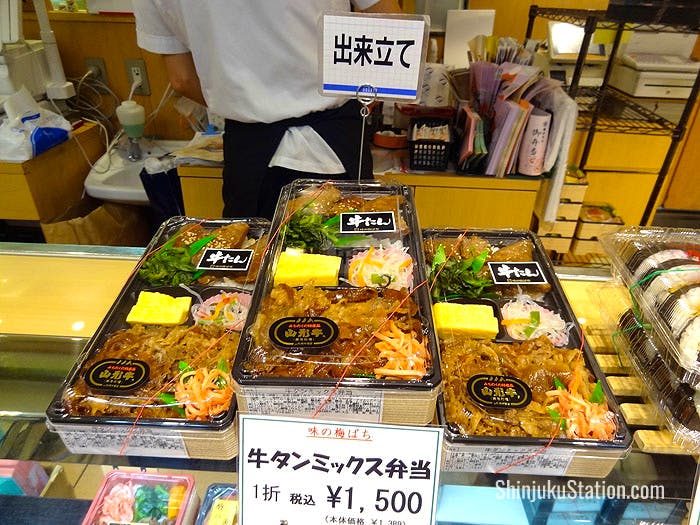
Freshly made beef tongue bento boxes on the food floor
The main attraction of Odakyu Department Store is the amazing variety of food counters in the second basement. From B1 floor take the stairs or escalator down to B2 and you’ll be in the middle of dozens of counters selling foodstuffs ranging from freshly baked bread to beef, fruit, fish, sweets, coffee and tea – in addition to a good-sized supermarket. Welcome to the wonderful world of depachika, or department store basements.
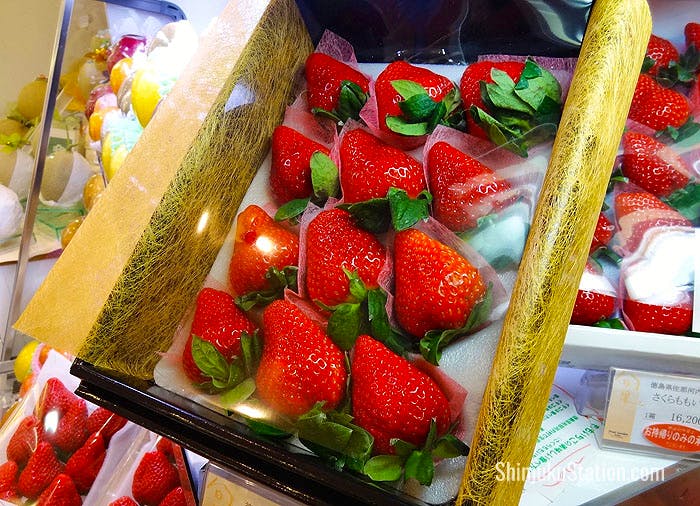
This box of deluxe strawberries is priced at 10,000 yen
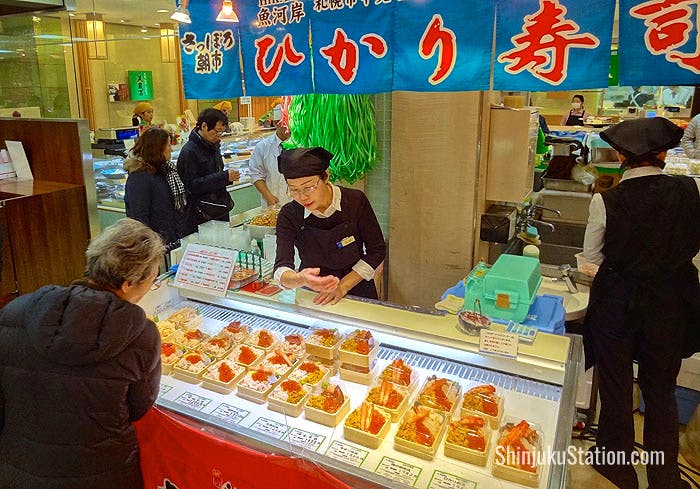
Food counters in Odakyu Department Store basement
There are also typically Japanese foods such as bento meals on plastic or foam trays, yakitori chicken skewers, onigiri rice balls from each region of Japan, mentaiko marinated fish roe, high-end fruits, and of course, sushi.
On the first and second floors of the Main Building, you’ll find about 100 cosmetics brands, both Japanese and international.

Yuma Koshino designs womenswear under the theme of “spiritual luxury”
Womenswear is found on floors three to six, with domestic and foreign brands arrayed in small boutiques. On the sixth floor, there are Japanese labels such as Tae Ashida, Yuma Koshino and M & Kyoko.
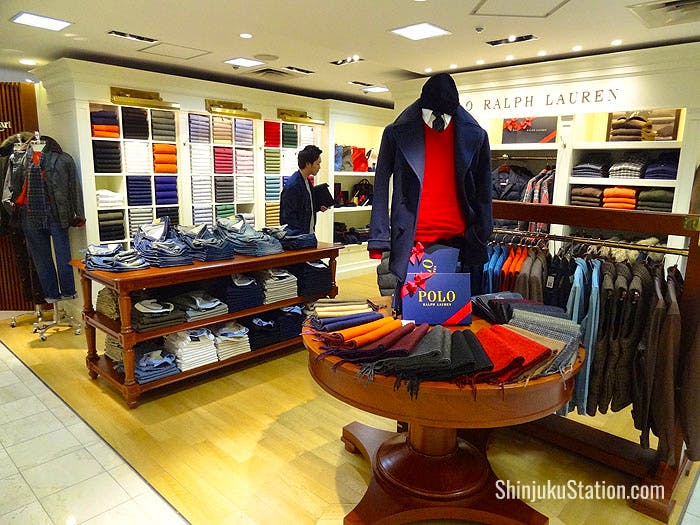
Polo Ralph Lauren boutique
Menswear is on the seventh floor, arranged in much the same boutique setup as womenswear.
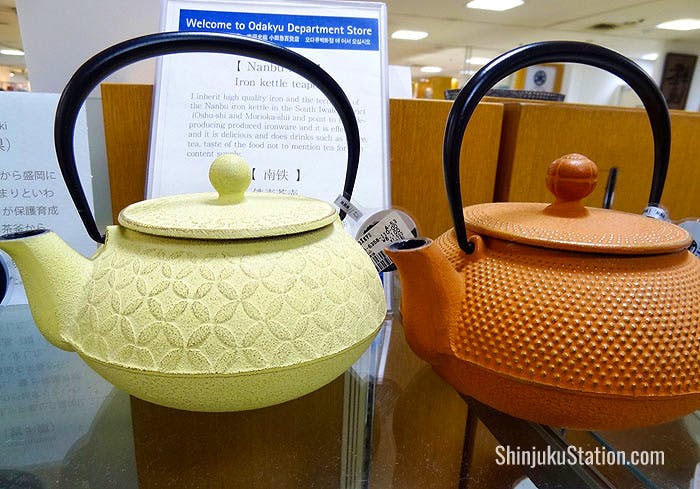
Nambu tekki ironware kettles are carefully handcrafted in northern Japan
The eighth floor stocks household, healthcare, and kitchen goods. A popular souvenir here is nambu tekki iron kettles. Made in Iwate Prefecture in northern Japan, these are handcrafted with gorgeous geometric textures, and finished in traditional black or painted eye-popping colors such as blue, yellow and pink. It’s said that it takes decades to master the fine art of making nambu tekki.
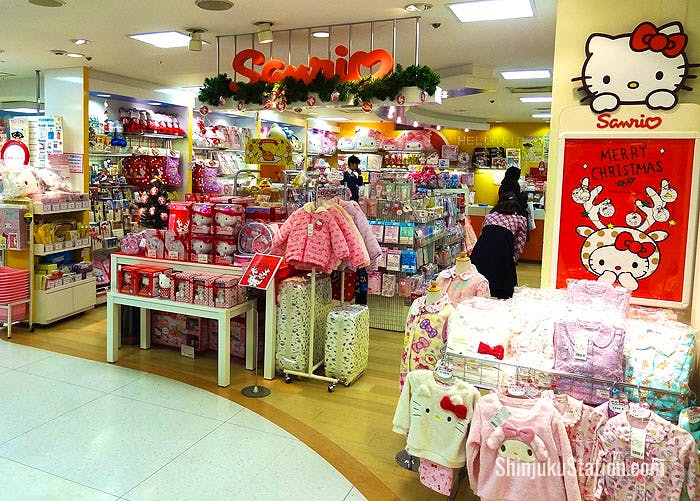
Hello Kitty goods are on offer at the ninth-floor Sanrio boutique
On the ninth floor of the Main Building, you’ll find a shop run by Sanrio, the licensing company responsible for kawaii cute characters such as Hello Kitty, My Melody, Cinnamoroll, Gudetama (a lazy fried egg) and many others; it also owns the Japan rights for foreign characters such as those in Peanuts and Mr. Men. The shop has Hello Kitty mugs, thermoses, bags, and just about every other cute souvenir you can imagine.
Floors nine to 14 in the Main Building are given over to cafes, stationery and book stores and restaurants.
Article and original photos by Tim Hornyak. All rights reserved.
